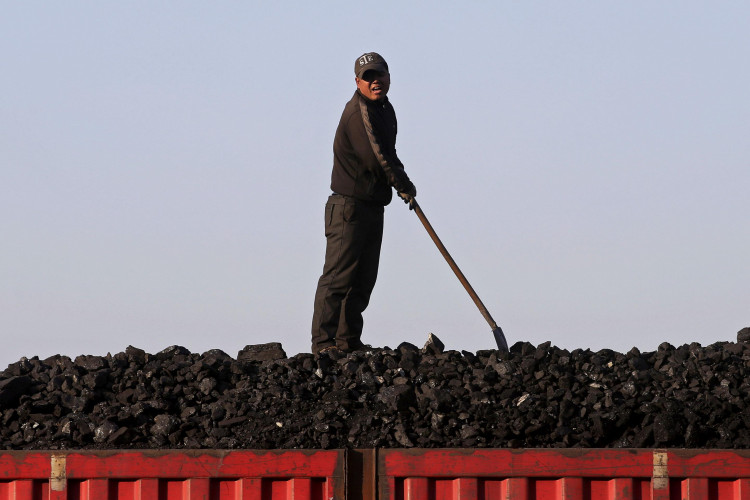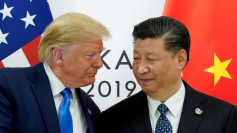China's iron ore futures capitulated to a fourth consecutive loss early Wednesday and capped its worst session in 10 weeks as worries on dropping supply lingered following a dreary outlook by BHP.
The heavily traded iron ore on the Dalian Commodity Exchange covering January 2020 delivery, dropped as low as 5.1 percent in pre-market sessions to $82.74 (584 yuan) per ton, its most feeble since first week of June this year.
At the Singapore Stocks Exchange, iron ore contract for September's heavy-volume movers fell 0.6 percent at US$86.07 per ton during extended sessions. Supply factors like increasing exports from miners are the driving force behind the movement of iron ore, a Chinese investor said.
Chinese iron ore imports rallied 22 percent in July to hit their highest peak since the first quarter of 2019, as mining companies from Brazil and Australia ramped up production of raw materials. Decreased delivery of iron ore following a typhoon in Australia and a January dam collapse in Brazil pushed raw material prices up to a 5-year high during the past weeks.
BHP Group, the largest mining conglomerate in the world, has set off alarm bells of an economic slump, especially that of Beijing's trade spat with Washington, that could affect demand for its major products.
The mining giant predicts average prices for steel raw materials to go down next year, though the company said prices may remain above long-term operational cost in the midst of disturbances in world supply.
Analysts have noted that prices have pulled back but remain well above peaks hit in 2018. Despite limitations imposed by regulators in steel production in China, market observers are upbeat that demand for iron ore, especially those of the high-grade class, remains strong.
Meanwhile, the Chinese economy's requirements for high-quality ore is seen to grow next year, courtesy of the government's campaign to relocate dozens of steel plants to coastal zones in the country's efforts to contain smog polluting big urban areas.
According to a Reuters study of official production figures, moving steel facilities near the shorelines, under more rigid environmental laws, means more than 21 percent of China's billion-plus tons in yearly ore demand will switch from lower- to higher-grade ores in the next few years.
Industry experts who support this analysis, also predict China's pellet demand to rise over 41 percent by 2023 to approximately 191 million tons, from 141 million tons last year and continue to rise. The country's current demand remains just under its offshore rivals, estimated to be about 16 percent of total ore compared with 34 percent in Europe and other parts of the world.





